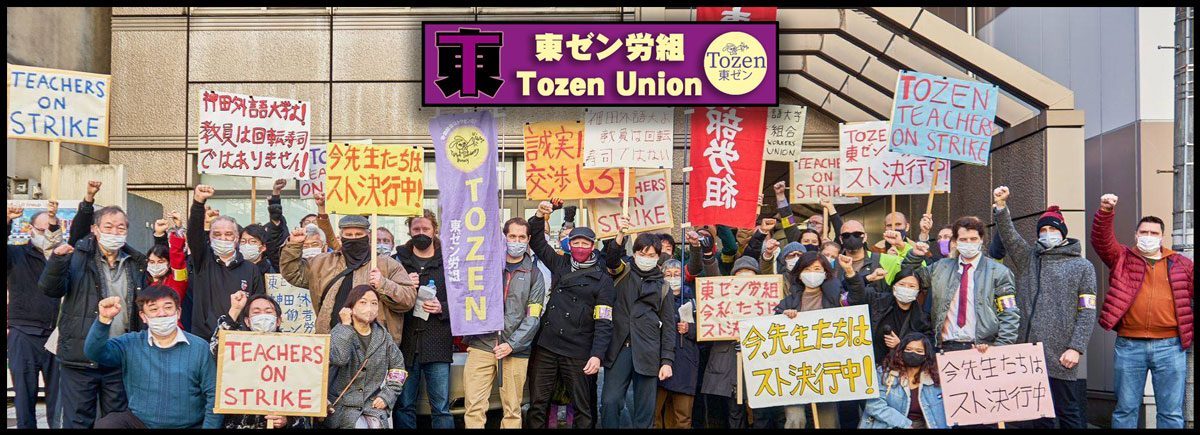Goal to enroll 300,000 by 2020
The government, hoping to boost the ranks of foreign students in Japan to 300,000 by around 2020 from 118,500 at present, unveiled steps Tuesday that include simplifying immigration procedures and allowing candidates to complete admission and accommodations applications in their own countries.
“We aim to accept 300,000 students from abroad by around 2020 to make Japan a nation more open to the world, and to develop a ‘global strategy’ to expand the flow of people, materials, money and information between (Japan and) Asia and the world,” says an outline compiled by six ministries, including the education ministry, the Foreign Ministry and the Justice Ministry.
The government hopes to enhance the international competitiveness of the nation’s universities and admit top students from overseas.
“We also aim to continue to make intellectual contributions to foreign countries” by accepting more of their students, the outline says.
The six ministries will work on the plan’s specifics when making budgetary requests for fiscal 2009, which begins next April.
To facilitate student entries, the outline calls for simplifying immigration inspections upon arrival and visa renewal applications.
The government will also select 30 universities to serve as hubs for the program, where students can earn degrees by studying only in English, the outline says.
September admissions will be promoted at schools, and more foreign teachers will be employed to improve Japan’s education and research standards.
The outline assumes more students will continue to live and work in Japan after graduation. It calls for universities to provide job-hunting assistance and for businesses to hire more foreigners.
The government will clarify visa qualifications, including which occupations students can engage in, and consider extending their visas for recruitment activities.
